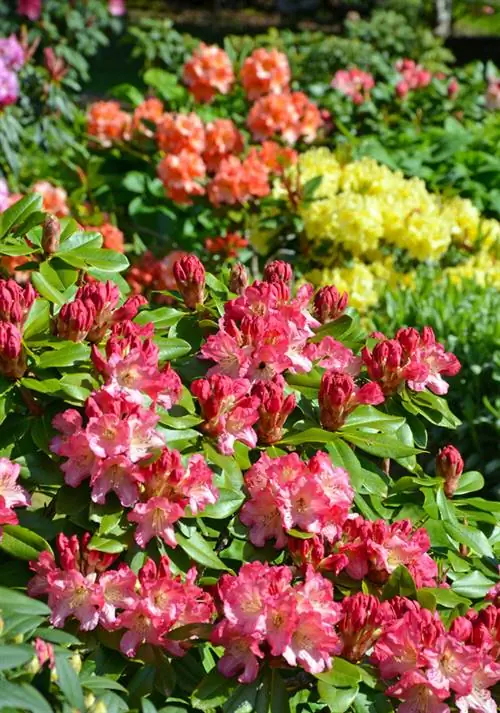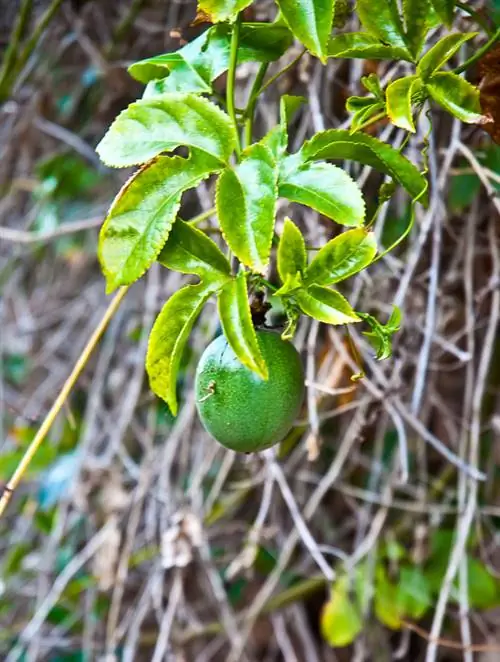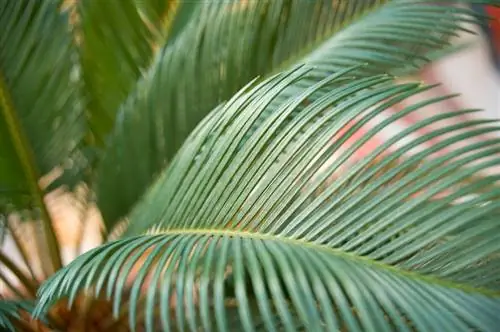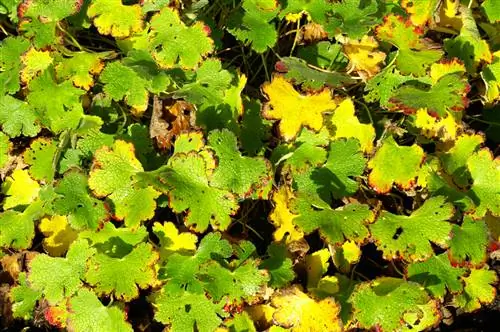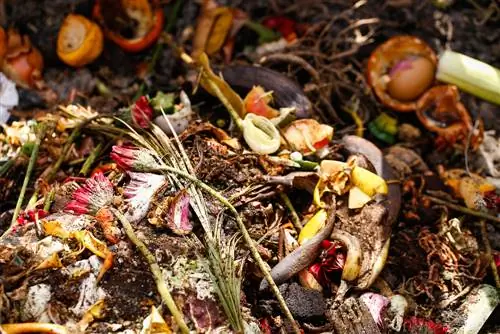- Author admin [email protected].
- Public 2023-12-16 16:46.
- Last modified 2025-01-23 11:19.
The rhododendron is one of the most popular garden plants. Its compact growth, evergreen foliage and magnificent flowers conquer every hobby gardener. In order to maintain he althy growth of the ericaceous plant, damage such as yellow leaves must be recognized and treated in a timely manner.
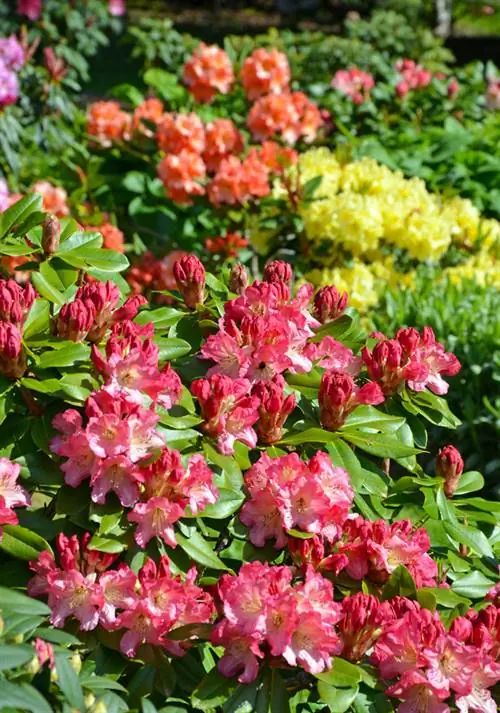
What to do about yellow leaves on rhododendrons?
Yellow leaves on rhododendrons can indicate deficiency symptoms or unsuitable soil. Iron fertilizer, special rhododendron soil, soil improvement and regular fertilization can help. Pest infestations can also cause yellow leaves; insecticide helps with rhododendron bugs.
How to save the rhododendron. What to do about yellow leaves?
Just like people, plants turn pale and yellow when something is missing or when they are sick. Yellow leaves and pale green indicate deficiency symptoms in rhododendrons. Another sure sign of this is that the rhododendron does not form buds and does not bloom.
Pale rhododendron with uneven yellow leaves
Pale yellow leaves with green veins on the evergreen leaves of the rhododendron indicate a typical deficiency symptom. Magnesium, nitrogen and iron deficiencies cause chlorosis. In most cases it occurs when pH values are too high. As a result, the rhododendron does not absorb the iron in the soil properly.
In the short term, iron fertilizer (€5.00 on Amazon) can help. Dissolve this in water and pour. In the long term, improving the soil to a pH value of 4.0 - 5.0 plays an equally important role. This works best. Most rhododendron varieties can be propagated with a special soil for rhododendrons. For ecological reasons, a mixture of garden compost, bark compost and wood chip compost is used instead of peat. Mulching with bark humus with the addition of horn shavings as a nitrogen supplier has also proven successful.
Evenly yellow leaves due to alkaline soil
If the soil is not acidic enough, this will also be reflected in yellow leaves. The roots grow in alkaline areas. The plant cannot tolerate this and reacts with yellowing leaves. Simply replace the existing soil with a special rhododendron soil.
If the roots are heavily overgrown, replacing the soil is difficult. Fill the special soil into a casting ring shaped around the trunk. Through regular watering, the nutrients reach the deeper layers of the earth. This is how you provide the rhododendron with everything it needs.
Even if it takes some time to achieve success, this measure is helpful in the long term. An additional advantage. This way the shrub is not over-fertilized. If you want to be sure right from the start, you should plant the rhododendron in this special soil.
Yellow-green to yellowish white speckled upper side of leaves
The underside of the leaf is noticeably brownish-black dirty. Sometimes slightly rolled up. Later the leaves dry up and fall off. The rhododendron bug stephanitis rhododendri is hiding behind these signs.
It likes to attack plants in a dry, sunny location. The Flava variety is particularly susceptible to this pest. As a preventive measure, it is recommended to check the undersides of the leaves for infestation in the months of May, June and July. If necessary, treat with an insecticide in a timely manner in dry weather.
Tips & Tricks
When there is an iron deficiency, many hobby gardeners swear by simply sticking rusty nails into the ground. Just try it out and see if it really works!

